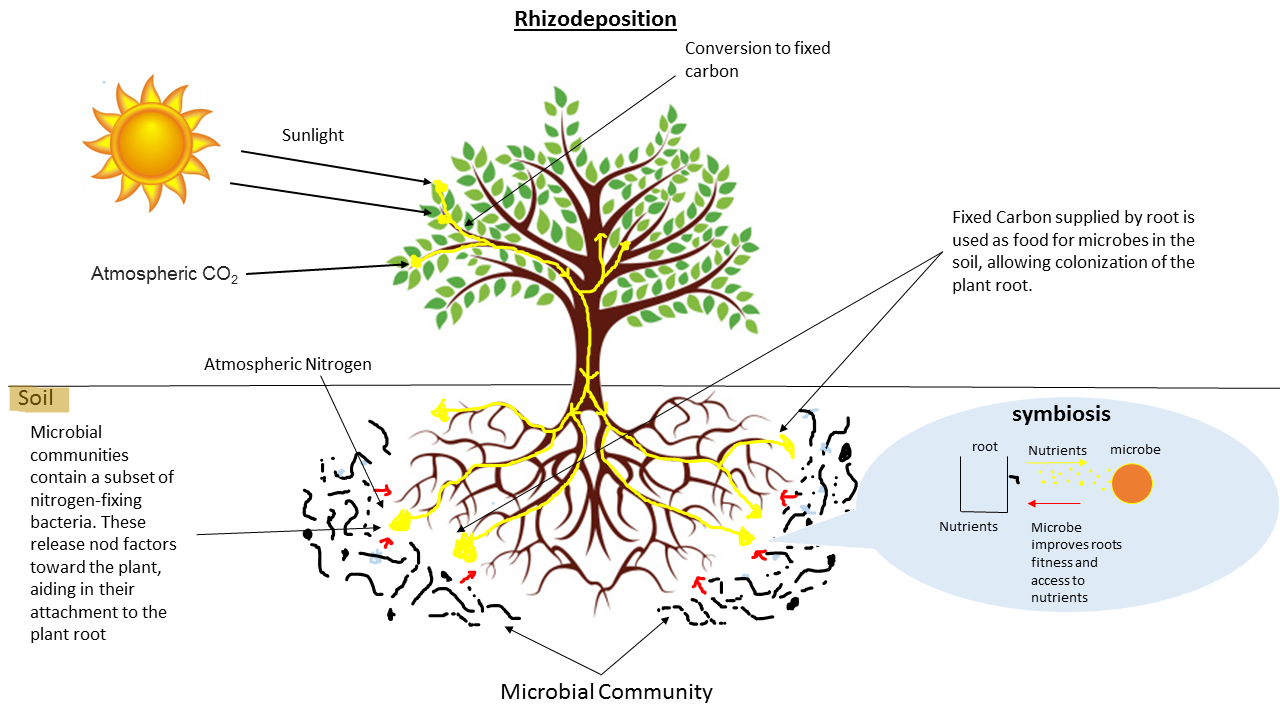|
Gluconacetobacter Johannae
''Gluconacetobacter johannae'' is a species of acetic acid bacteria first isolated from rhizosphere The rhizosphere is the narrow region of soil or substrate that is directly influenced by root secretions and associated soil microorganisms known as the root microbiome. Soil pores in the rhizosphere can contain many bacteria and other microo ...s and rhizoplanes of coffee plants. Its type strain is CFN-Cf55T (= ATCC 700987T = DSM 13595T). References Further reading * * * External links *LPSN Rhodospirillales [...More Info...] [...Related Items...] OR: [Wikipedia] [Google] [Baidu] |
Acetic Acid Bacteria
Acetic acid bacteria (AAB) are a group of Gram-negative bacteria which oxidize sugars or ethanol and produce acetic acid during fermentation. The acetic acid bacteria consist of 10 genera in the family Acetobacteraceae. Several species of acetic acid bacteria are used in industry for production of certain foods and chemicals. Description All acetic acid bacteria are rod-shaped and obligate aerobes. Acetic acid bacteria are airborne and are ubiquitous in nature. They are actively present in environments where ethanol is being formed as a product of the fermentation of sugars. They can be isolated from the nectar of flowers and from damaged fruit. Other good sources are fresh apple cider and unpasteurized beer that has not been filter sterilized. In these liquids, they grow as a surface film due to their aerobic nature and active motility. Fruit flies or vinegar eels are considered common vectors in the propagation of acetic acid bacteria. The growth of ''Acetobacter'' in wine c ... [...More Info...] [...Related Items...] OR: [Wikipedia] [Google] [Baidu] |
Rhizosphere
The rhizosphere is the narrow region of soil or substrate that is directly influenced by root secretions and associated soil microorganisms known as the root microbiome. Soil pores in the rhizosphere can contain many bacteria and other microorganisms that feed on sloughed-off plant cells, termed ''rhizodeposition'', and the proteins and sugars released by roots, termed root exudates. This symbiosis leads to more complex interactions, influencing plant growth and competition for resources. Much of the nutrient cycling and disease suppression by antibiotics required by plants, occurs immediately adjacent to roots due to root exudates and metabolic products of symbiotic and pathogenic communities of microorganisms. The rhizosphere also provides space to produce allelochemicals to control neighbours and relatives. The ''rhizoplane'' refers to the root surface including its associated soil particles which closely interact with each other. The plant-soil feedback loop and other p ... [...More Info...] [...Related Items...] OR: [Wikipedia] [Google] [Baidu] |
Rhizoplane
The rhizosphere is the narrow region of soil or substrate that is directly influenced by root secretions and associated soil microorganisms known as the root microbiome. Soil pores in the rhizosphere can contain many bacteria and other microorganisms that feed on sloughed-off plant cells, termed ''rhizodeposition'', and the proteins and sugars released by roots, termed root exudates. This symbiosis leads to more complex interactions, influencing plant growth and competition for resources. Much of the nutrient cycling and disease suppression by antibiotics required by plants, occurs immediately adjacent to roots due to root exudates and metabolic products of symbiotic and pathogenic communities of microorganisms. The rhizosphere also provides space to produce allelochemicals to control neighbours and relatives. The ''rhizoplane'' refers to the root surface including its associated soil particles which closely interact with each other. The plant-soil feedback loop and other phys ... [...More Info...] [...Related Items...] OR: [Wikipedia] [Google] [Baidu] |
Rhodospirillales
The Rhodospirillales are an order of Pseudomonadota. Notable Families The ''Acetobacteraceae'' comprise the acetic acid bacteria, which are heterotrophic and produce acetic acid during their respiration.Garrity, George M.; Brenner, Don J.; Krieg, Noel R.; Staley, James T. (eds.) (2005). Bergey's Manual of Systematic Bacteriology, Volume Two: The Proteobacteria, Part C: The Alpha-, Beta-, Delta-, and Epsilonproteobacteria. New York, New York: Springer. . The '' Rhodospirillaceae'' include mainly purple nonsulfur bacteria, which produce energy through photosynthesis. Phylogeny The currently accepted taxonomy is based on the List of Prokaryotic names with Standing in Nomenclature List of Prokaryotic names with Standing in Nomenclature (LPSN) is an online database that maintains information on the naming and taxonomy of prokaryotes, following the taxonomy requirements and rulings of the International Code of Nomenclature ... (LPSN). The phylogeny is based on whole-genome ... [...More Info...] [...Related Items...] OR: [Wikipedia] [Google] [Baidu] |


